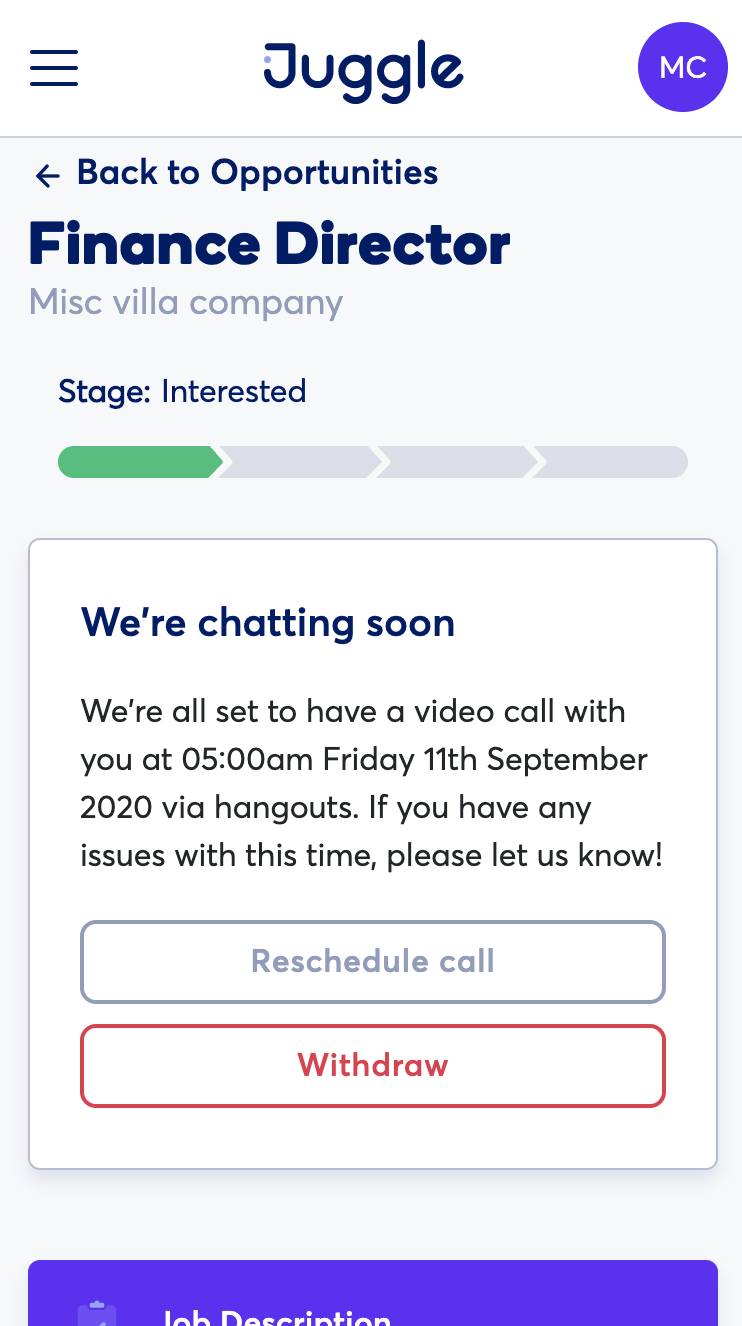How-to videos have been some of the most popular content on YouTube over the years, and now, to grow engagement and the pool of users that it appeals to, the upstart video app TikTok is getting in on the action, too.
After launching a dedicated “Learn On TikTok” hashtag (#LearnOnTikTok) earlier this summer with a slate of premium creators producing videos for it, multiple users and social media watchers (thanks Matt) are reporting sightings of a new menu item called “Learn.”
Featured prominently alongside “For You” and “Following” at the top of the homescreen, TikTok describes Learn as a place to discover how-to and informative videos posted by users that take viewers through making food, producing art, how scientific processes work, and more.
The Learn feed seems to have disappeared overnight: from what we understand it’s still being tested.
Image Credits: Lena Koppova (opens in a new window)(opens in a new window)In any case, its emergence coincided with the company yesterday launching a new promotional campaign for educational content discoverable through the #LearnOnTikTok hashtag.
(And in the original announcement for Learn On TikTok content, TikTok noted that it is “exploring additional ways to showcase the rich offering of instructional content that’s thriving on the platform,” which includes “building a creator learning portal that will provide insights, tools, and best practices on how to create quality content on TikTok,” so the Learn tab may have been a test of how that will look and work.)
These are not TikTok’s first or only efforts in the realm of education.
Aside from its self-referential audience-created educational videos — it’s the best platform for learning TikTok dances, for learning about the latest song-based memes, watching comedic mishaps as people try to explain something, etc. — the company has been cultivating an image as a go-to platform for learning more serious things, not just messing around.
It’s been pushing that even harder this year than ever, both as TikTok itself faces ire from authorities for having a more potentially harmful influence; and as more people turn to their screens during the Covid-19 pandemic.
This has included formal efforts like partnering up with institutions, and encouraging students to create educational content.
@cambridgeuniversityCan #cars talk to each other? #learnontiktok #cambridgeuniversity #cambridge #artificialintelligence #driverless♬ HAPPY SUMMER ADVENTURE – Sergey Wednesday
It’s also included dedicating $50 million specifically to a creator fund to promote educational videos; and reportedly a whopping $5 billion educational fund as part of a deal to keep from getting shut down in the US over national security concerns (Bytedance, the owner of TikTok, has disputed the idea of the fund).
This has also included soft diplomacy, where teachers are using TikTok as a way of being more relatable to their audience of TikTok-loving students.
At its heart, doing more in education is a natural move for TikTok. Video is a huge learning tool, as YouTube and many others have demonstrated, and it connects with the app’s younger audience while also creating more reasons for why others might also want to use it — but also somewhat opportunistic.
Education is a good look, and its push in India was coming at a time when the company was first starting to face backlash over its content (it didn’t help: it’s currently banned there).
Meanwhile, its US Creative Learning Fund and those reports of a $5 billion education fund — accurate or not — emerged just as the company was working on hammering out a deal — which might include its Chinese owner Bytedance ceding control of the app — to keep it from getting banned outright in the US over national security concerns. (That story is still ongoing.)
Learn On TikTok — which officially was announced this summer — is heavy on user-generated content from TikTok’s wider base, with videos ranging pretty widely, from pottery making to make-up tips, and learning pig Latin to folding origami pigs.
But alongside this, TikTok is now populating the hashtag with a lot of premium content. Working with publishers like Self and WWD, professional organizations, non-profit institutions, and influential personalities (Bill Nye and Neil deGrasse Tyson in the science arena, chef José Andrés, Lilly Singh and Tyra Banks), TikTok is also curating and cultivating content made specifically for TikTok to broaden people’s minds and experiences.
“I’m excited to partner with TikTok,” Nye said at the time that his deal was announced. “Looking forward to doing some science on the small screen— the real small screen— the one on your phone…”
All of this is to say that there is a lot of opportunity, but probably some more growing pains to come for TikTok and the people using it to teach and learn.
We will update this story as we learn more ourselves…





